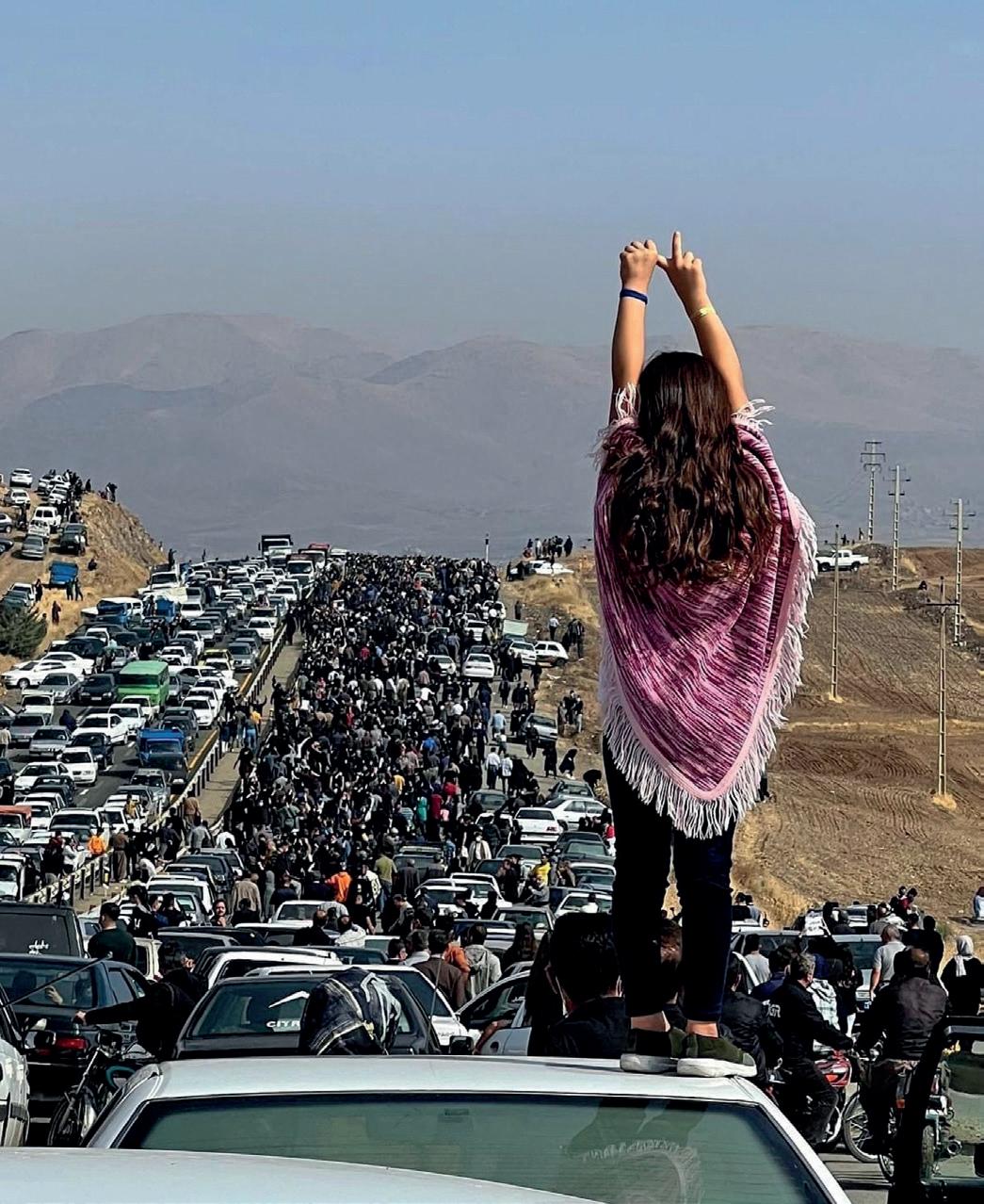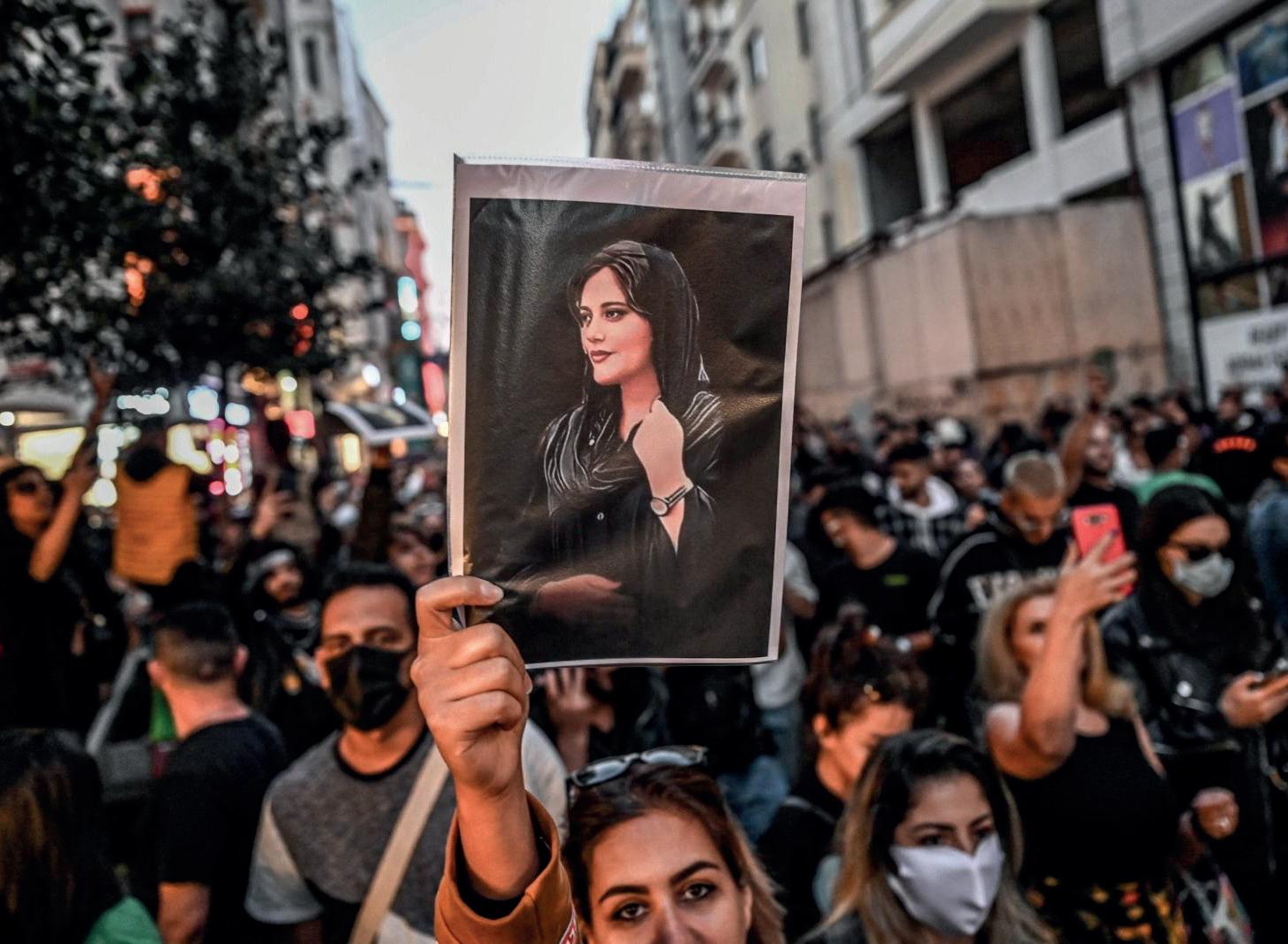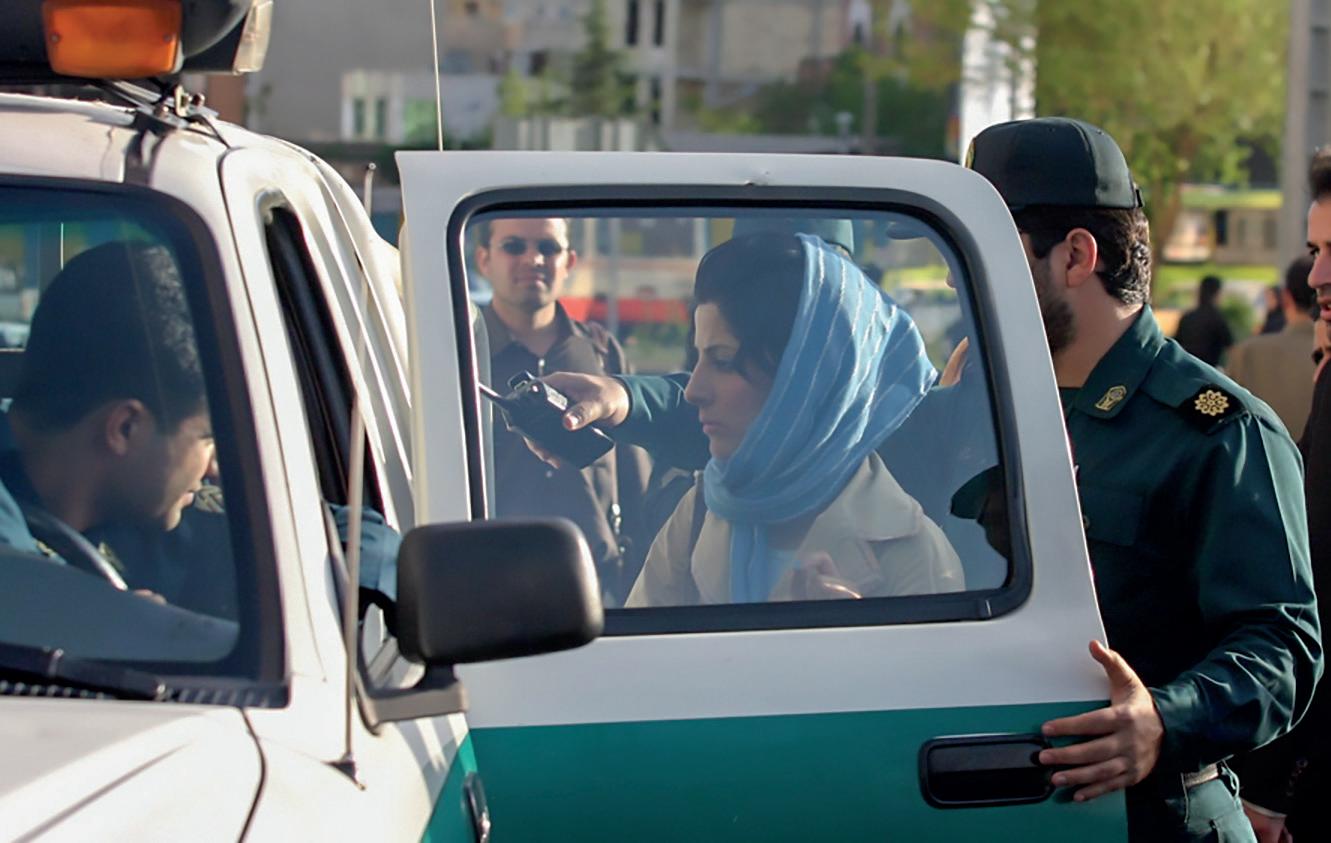
2 minute read
EXECUTIVE SUMMARY PROTESTS and Overview of Events
Widespread and persistent protests erupted in Iran following the death of 22-year-old Mahsa Amini in September after her arrest for wearing the hijab “improperly”, and her reported beating by members of the guidance patrol (“morality police”). The authorities tried to conceal the cause of her death, sparking a nationwide outcry that challenged state oppression, especially with regards to women. They responded violently to the demonstrations and restricted access to the Internet and social media, making the monitoring of rights violations more challenging.

Advertisement
Judiciary chief Gholam Hossein Mohseni-Ejei described the protests in religious terms, warning that “rioters” could be charged with “moharebeh” (enmity against God), “efsad fil-arz” (corruption on Earth) and “baghy” (armed rebellion) – all of which can carry the death penalty in Iran’s Sharia-based legal system. The US Commission on International Religious Freedom said it “deplored Iran’s pursuit of death sentences on religiously-grounded charges against protesters asserting their freedom of religion or belief”. In December two protestors were executed, and at least 100 others faced execution, according to Oslo-based Iran Human Rights
In a joint submission to the UN Human Rights Council ahead of an historic Special Session on Iran in November, Article18 and CSW argued that “at their core, the ongoing protests are a cry for freedom: the freedom of the Iranian people to live in a way that corresponds with their beliefs”. Earlier that month, Assyrian Christians were warned about participating in the protests, and 4050 youths were reprimanded by church leaders and told they faced arrest for showing support. Both the current and former Assyrian member of the Iranian parliament also condemned the protests, while statements by the main branches of the Armenian and Assyrian churches echoed the regime line that they were orchestrated by “enemies” and “foreigners” intent on disrupting Iran’s “national security”. But both Armenian and Assyrian Christians were arrested for participating in the protests.
In October, a fire broke out in Tehran’s Evin Prison in the wards holding political prisoners, including Christians. According to Reuters, the conflagration started after a riot-police unit entered the prison, banging on the metal doors of cells with batons and shouting “Allahu akbar!” (God is great). Some prisoners responded by shouting, “Death to [Ali] Khamanei!” (Iran’s Supreme Leader) and the riot police began firing live ammunition. It is not known how the fire then started. At least eight prisoners died from smoke inhalation, although the real figure is believed to be significantly higher. No Christians were among the victims, but several Christian prisoners were forced to take action to prevent the fire from spreading to their ward, and one family member called the event a “hellish” night

Five converts also reported that they had been arrested for participating in the protests and that they had been threatened with “apostasy” charges after their Christian faith came to light through examination of their phone records.
In December, the most famous Armenian church in Iran, Vank Church in Isfahan, cancelled its much anticipated Christmas and New Year celebrations. Although a banner hung from the church proclaimed the cancellation was due to repair work in preparation for the church’s registration as a UNESCO World Heritage Site, many viewed it as tacit support for the protesters. Those who attempted to congregate outside the church were told to “move on” by armed police. Many Iranian Christians inside and outside the country chose not to put up Christmas decorations in 2022 in solidarity with the protesters and out of respect for the hundreds killed by security forces.






